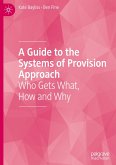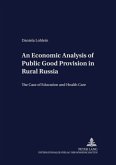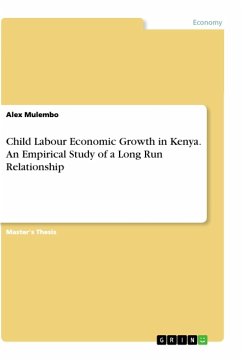Seminar paper from the year 2014 in the subject Economics - Statistics and Methods, grade: 1,7, University of Kassel (Wirtschaftswissenschaften), course: Programm Evaluation Methods, language: English, abstract: The relevance of public child care provision has been an important issue in many countries for decades. Since many women with young children want to participate in the labor market, it is indispensable to have institutional provision for pre-school aged children. In order to increase public child care coverage in Germany, the state introduced a legal claim to a place in kindergarten, which became effective in 1996. The central goal of the legislation was the extension of public child care for preschool children, in order to increase female labor market participation. As reconciliation of family and working life has become a relevant political agenda in the past few years, there is a growing empirical interest to exploit the effect of subsidized public child care on maternal employment rates. However, the increasing empirical literature shows mixed results for this topic. The large part of the studies identifies clearly positive effects of public child care provision on mothers' employment (Berlinski et al., 2011; Lefebvre/Merrigan, 2008; Schlosser, 2007). For some countries, however, the economists identify no causal relationship between subsidized child care provision and maternal labor market outcomes (Havnes/Mogstad, 2011).
Hinweis: Dieser Artikel kann nur an eine deutsche Lieferadresse ausgeliefert werden.
Hinweis: Dieser Artikel kann nur an eine deutsche Lieferadresse ausgeliefert werden.








